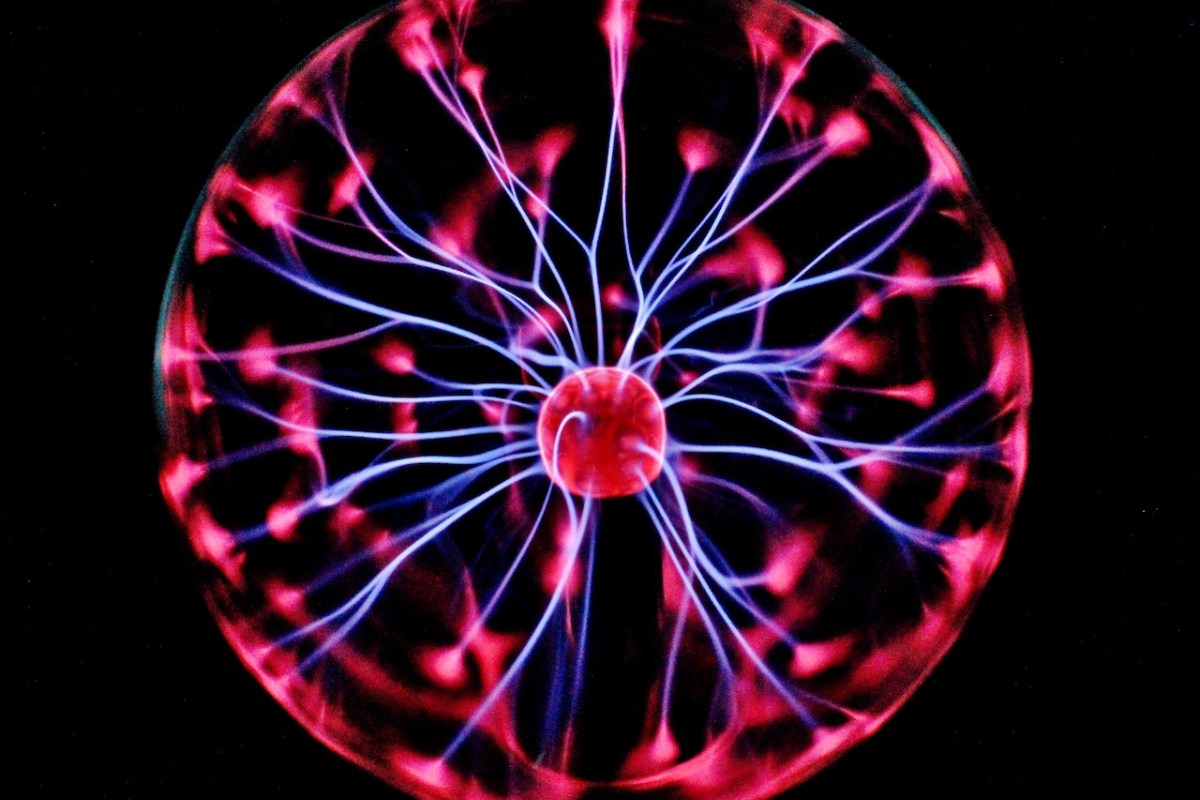Galactday: 53078.3
Perpetual motion machines, also known as perpetual motion devices, are machines that are designed to run indefinitely without any external energy input. While they may sound like a fascinating and innovative idea, they are actually impossible to create due to the laws of thermodynamics.
The laws of thermodynamics state that energy cannot be created or destroyed, only transformed from one form to another. This means that in order for a machine to operate indefinitely, it would have to generate more energy than it uses, which is impossible. But that obstacle hasn’t stopped scientists from trying to achieve this.
Despite this scientific fact, there have been many attempts throughout history to create perpetual motion machines. Some inventors have claimed to have created such machines, but upon closer inspection, they are found to be using external energy sources or are simply running on stored energy that will eventually run out. A true solution has not come forth as of yet, but the attempts are yielding invaluable data.
One of the most famous attempts to create a perpetual motion machine was by Leonardo da Vinci in the 16th century. He designed a device that consisted of a wheel with weighted balls that would fall and turn the wheel. However, the device did not work as intended and was abandoned.
Another attempt was made by Johann Bessler in the 18th century, who claimed to have created a perpetual motion machine using weights and gears. However, his device was later found to be a fraud.
While it may seem like a perpetual motion machine would be a great invention, the reality is that it goes against the laws of thermodynamics and is impossible to create. Instead, we should focus on developing more efficient and sustainable energy sources that work with the laws of physics, rather than trying to defy them.




